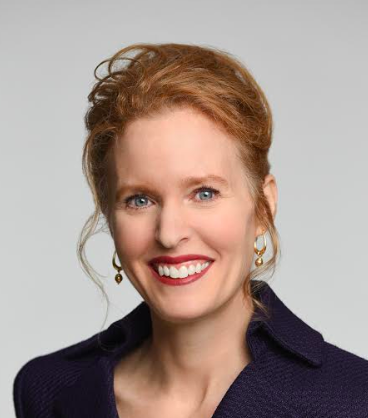
The voices and actions of the financial industry are critical to change capital market policy and practice change. That's why I’m thrilled credit rating agencies are seizing their role as levers of change in the adaptation market. Consider these three examples of their newfound interest:
- Standard & Poor’s explicitly weighs adaptation in its new Proposed Green Bond evaluation tool based on a scoring system that encompasses governance, transparency, mitigation and adaptation. This is noteworthy since a clear distinction exists in the market with response to rating, and that S&P even includes adaptation in its approach serves as a market signal. The main component of its resilience assessment, as proposed, is the ratio of the resilience benefit relative to the financing derived from the bond's proceeds.* S&P invites comment on its proposal here.
- In the same communication, S&P proposes an Environmental Social and Governance risk exposure assessment that includes climate change impacts.In what I consider an encouraging element, S&P gives climate risks a separate category from water use/scarcity. This proves notable since Wall Street tends to presume that the physical risks from climate change center on the shocks of extreme weather. Water scarcity, indeed, is a chronic stress exacerbated by climate change.
- In its proposed ESG assessment tool, S&P acknowledges the differences in the time horizon of risk. It defines medium-term risk as two to five years and long-term as beyond five years. I’ve written before that differences in timescale between adaptation projects and investment horizons presents one of the major challenges to engaging the investment community in climate adaptation. While climate has an impact on investment portfolios today, impacts are expected to worsen a decade or two out. So the “beyond” in S&P’s proposed methodology serves as a crucial acknowledgement of the future climate impact and responsibility ESG should acknowledge and embrace.
S&P is not the only rating agency moving into green bond ratings. Moody’s preceded S&P with its own Green Bonds Assessment Methodology that is notably lighter on the adaptation evaluation.
It’s been a red-letter year for the credit raters. So, what should they do next?
- With S&P Global Indices U.K.’s pending acquisition of environmental data provider TruCost, it is in a position to do more of this better. For instance, what if next year its Green Portfolio Analytics “2 Degrees Generation Mix” scorecard is matched with a similar dashboard for adaptation, allowing investors to consider how to diversify their portfolios into adaptation?
- Similarly, its Green Portfolio Analytics – that presumes a 2-degree increase in temperature as the company seeks an energy mix that decreases greenhouse gas emissions – should embrace the commonly understood 3.7 degree temperature-increase scenario for evaluating portfolios’ physical risk from climate change.
- It could modify the green bond tool as others in the marketplace develop better ways to measure adaptation. Actually, this is a major initiative of, among others, the Global Adaptation and Resilience Investment work group, of which I am a participant. Those using the analytics may balk that a change makes for inconsistency in year-to-year evaluation. But, hey, it’s experiment time, and every year that the score is weaker than it could be represents a year of lost opportunity to finance more resilience projects.
Kudos to the credit rating agencies for giving us much to weigh. Now, onward with your attempts to create the next market mover in your market research.
To encourage your comments, this is an excerpt on S&P’s proposed adaptation measure:
“Regarding adaptation projects, we propose the environmental benefit to be based on the increase in resilience of the covered geographical area or asset base. The main component of our resilience assessment is proposed to be the ratio of the resilience benefit relative to the financing derived from the bond's proceeds.Image credit: Flickr/Alan Kotok"We propose to calculate the resilience benefit as the reduction of the expected financial, humanitarian, and ecological damages caused by the natural catastrophe, and the changes in weather patterns projected under climate change the infrastructure is designed to protect against over the targeted period.
"To determine the resilience benefit, we would propose to review the analysis already performed by the technical advisers to the project as a part of the design of the resilience infrastructure to assess the cost-benefit of the project. In addition, we propose this category would incorporate our view of the adequacy of the third party data and assumptions used to determine the resilience benefit.”
Joyce Coffee is the president of Climate Resilience Consulting and works with leaders to create strategies that protect and enhance markets and livelihoods through adaptation to climate change.

Joyce Coffee, LEED AP, is founder and President of Climate Resilience Consulting. She is an accomplished organizational strategist and visionary leader with over 25 years of domestic and international experience in the corporate, government and non-profit sectors implementing resilience and sustainability strategies, management systems, performance measurement, partnerships, benchmarking and reporting.














